Michael Wood
IN SEARCH OF THE DARK AGES
A History of the Origins of Britain

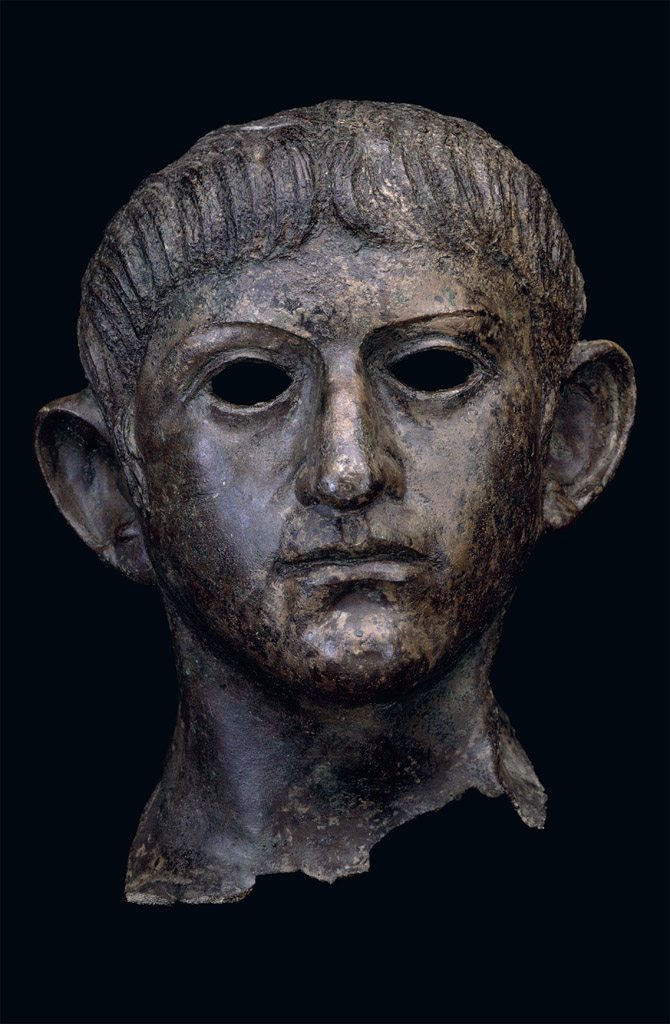
The Emperor Nero. This decapitated head, found in the River Alde in Suffolk, is thought to have been looted from the temple of Claudius during Boudicas sack of Colchester in AD 60
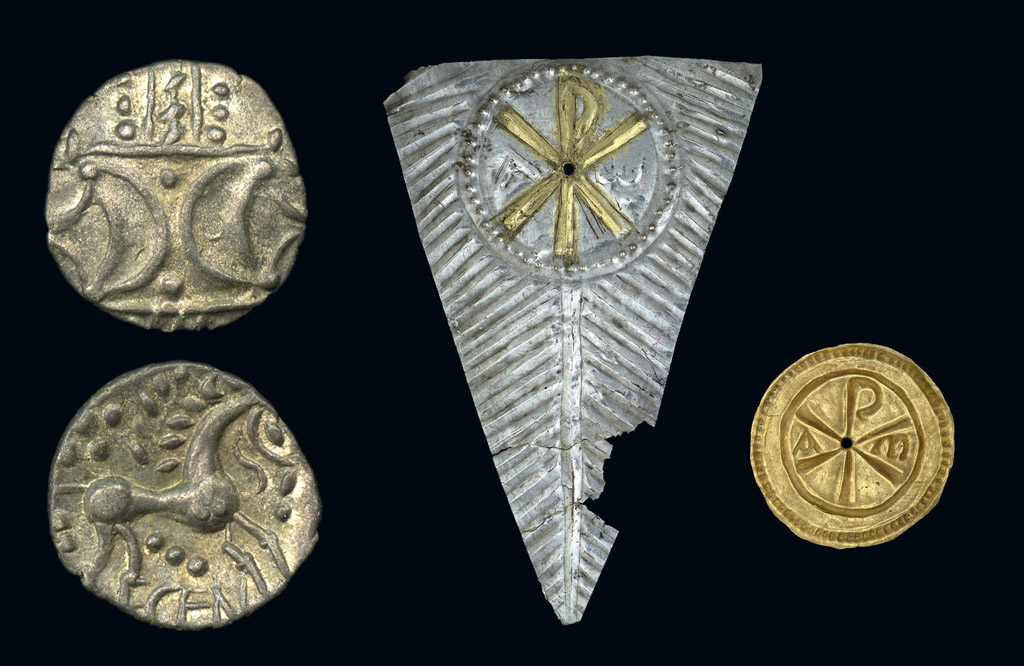 Above left
Above left, a coin of the Iceni: the inscription ECEN reflects the likely pronunciation of their name, Ecenni.
Above right and
below, pieces from the Water Newton treasure, a hoard of fourth-century Roman silverware; on the plaques the Christian chi-rho monogram and alpha and omega; on the bowl: Innocentia and Viventia offered this. From a Christian church, this is the earliest group of liturgical silver yet found in the Roman Empire
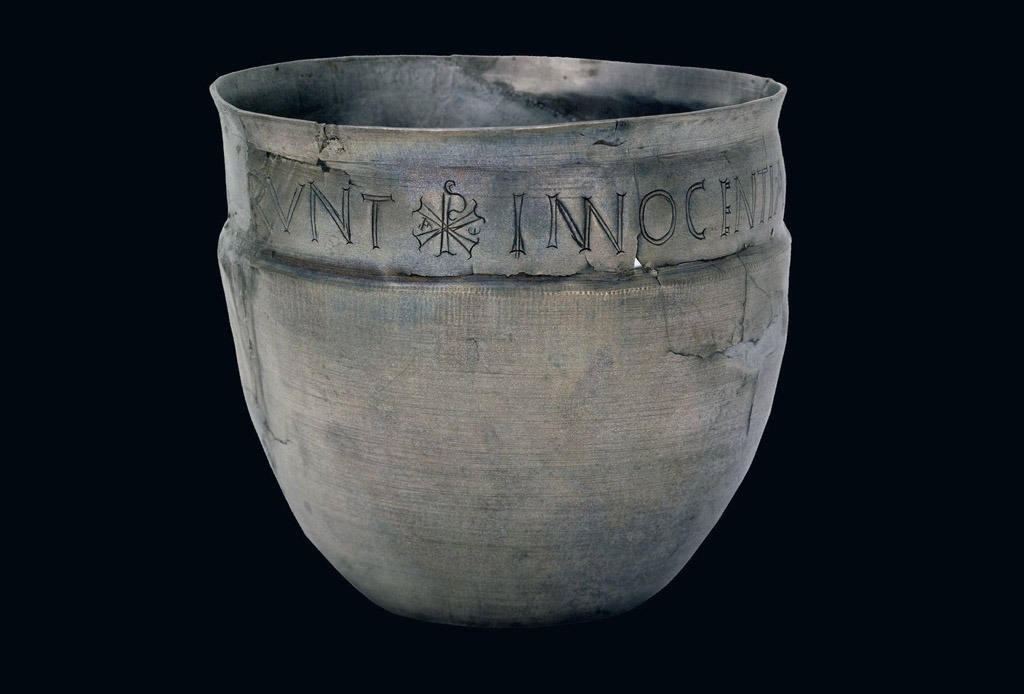
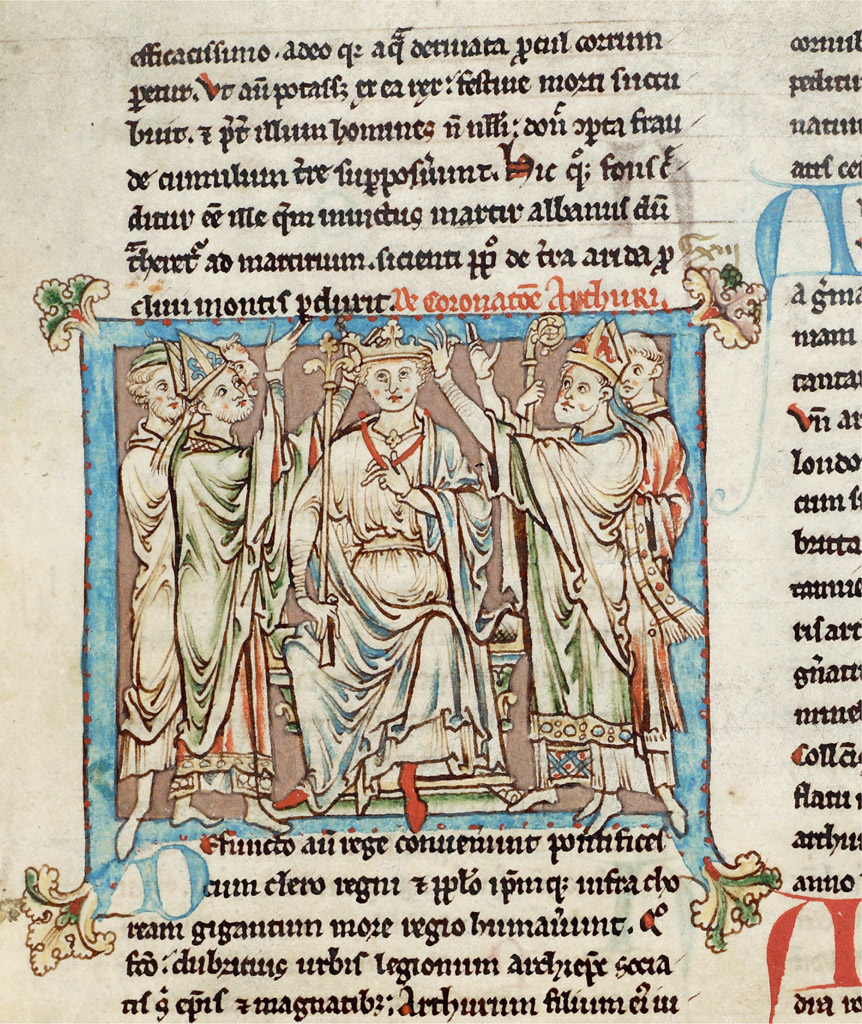
King Arthur in a painting by Matthew Paris, c.1250, by which time Arthur was a pan-European king and hero. His obscure and perhaps irrecoverable origins may lie in wars around 600 north of Hadrians Wall.
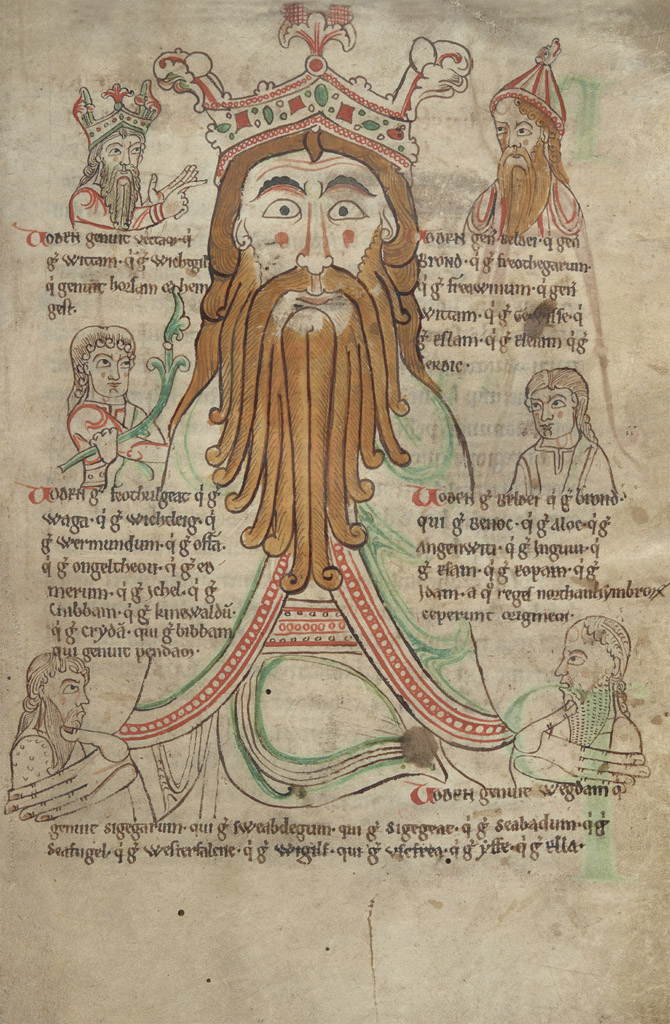
Christ and Woden: the divergent pulls in early English culture. Woden the pagan king of the gods and mythical ancestor of the Old English royal lines of Wessex, Sussex, Kent, Mercia and Northumbria.
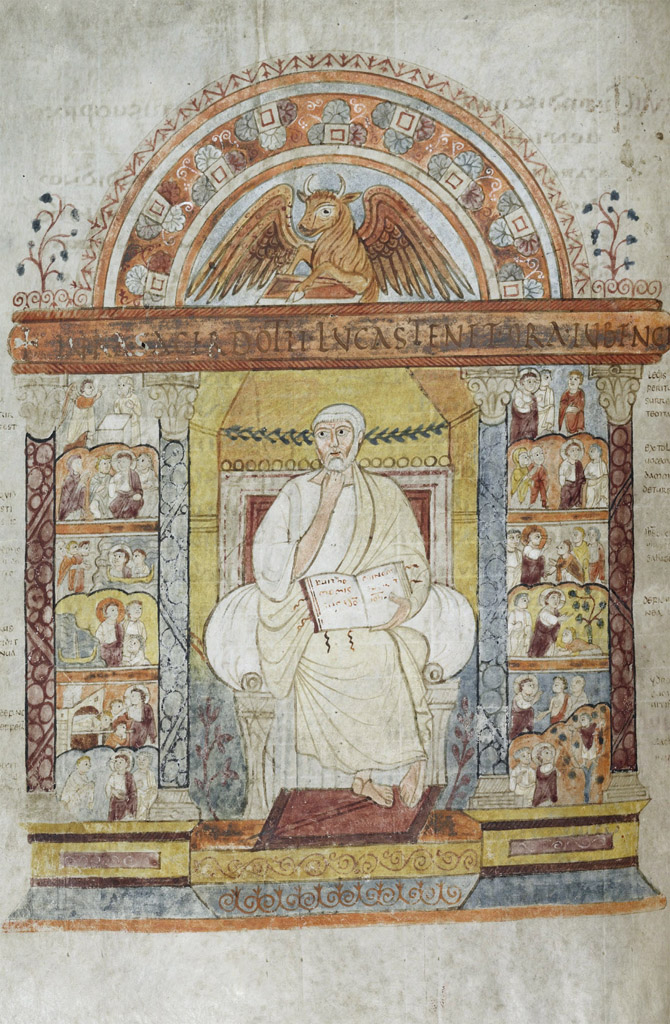
The Augustine Gospels: a sixth-century Italian book traditionally brought to Canterbury in 597 by St Augustine on his conversion mission, and still a sacred relic to English Catholics
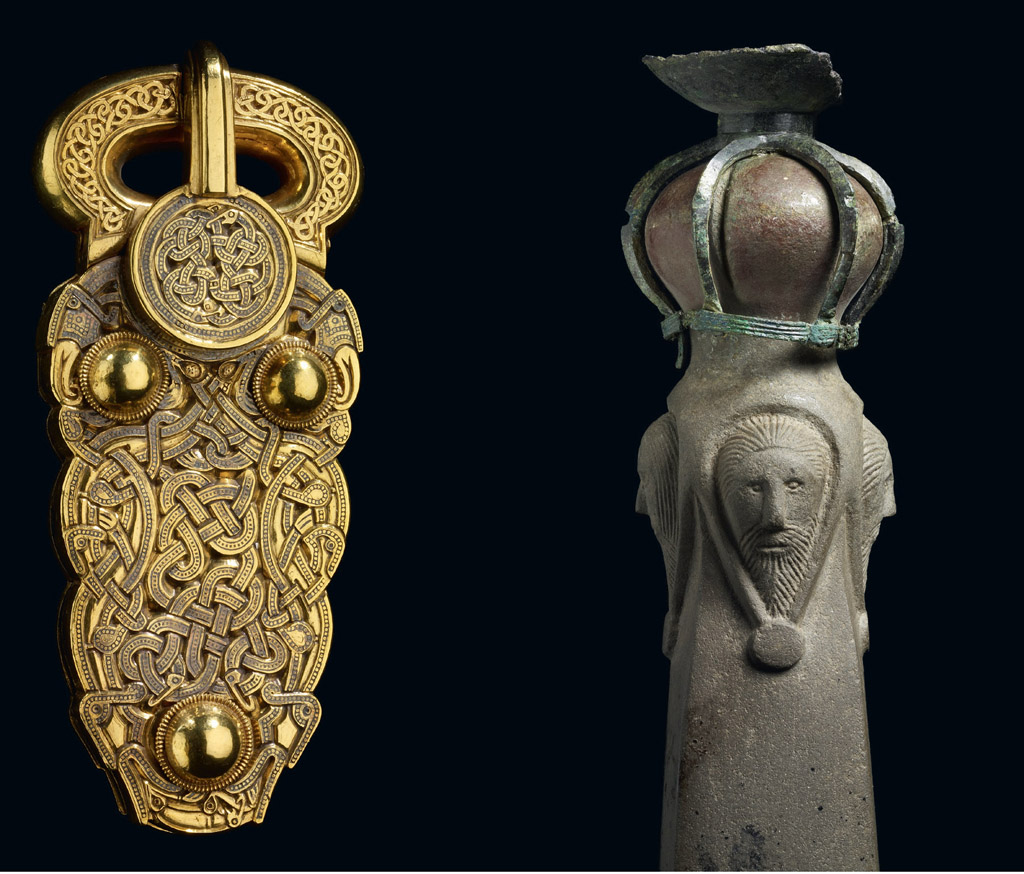
The Gold of the Barbarians. The Sutton Hoo buckle and whetstone
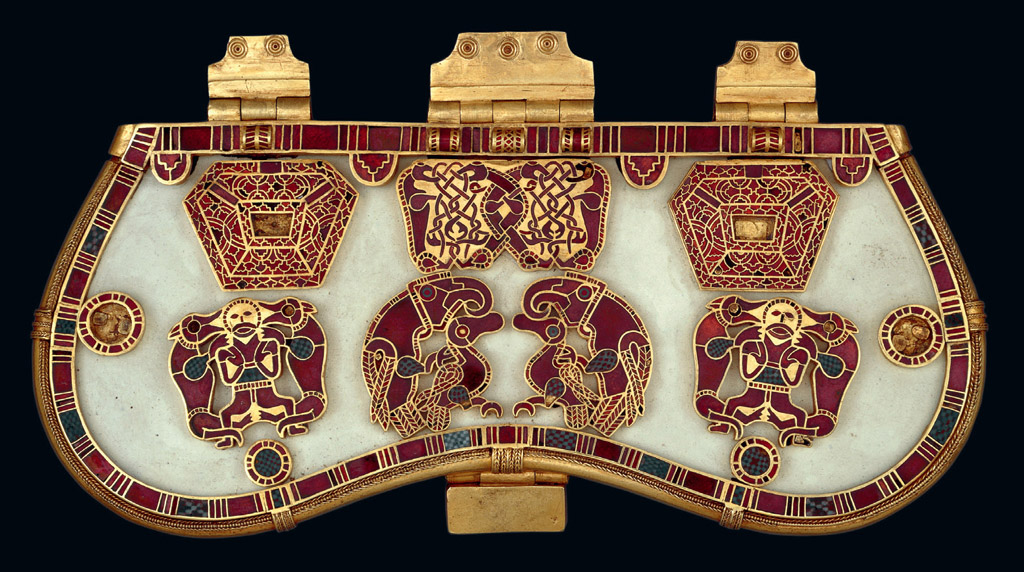
The purse

Sword hilt decorations from the Staffordshire Hoard, perhaps part of Bedes incredible collection of royal treasures offered by Oswy to Penda in 655?

The great Iron Age hill fort at South Cadbury in Somerset: reoccupied at the Fall of Rome and linked in later legend with the story of King Arthur.

Glastonbury Tor: looking out over the Somerset Levels, a royal island chosen by God. A late Roman cult centre, then a West Saxon royal church, and later still the supposed burial place of Arthur, its roots as a sacred place lie back in the Iron Age or even earlier
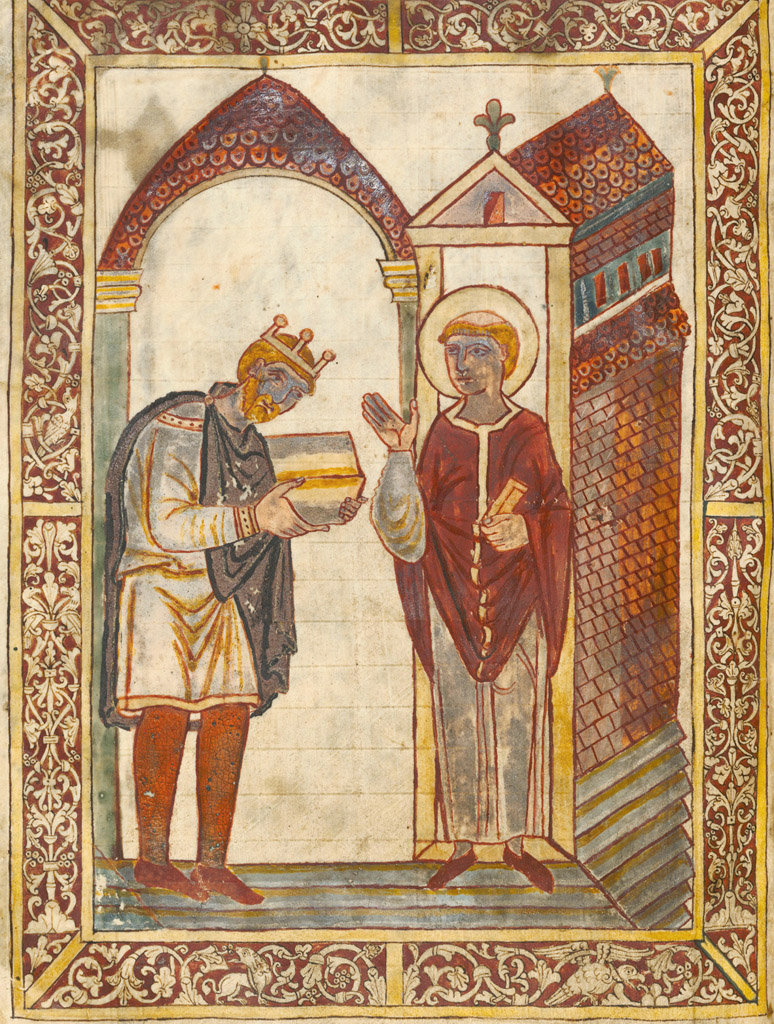
Athelstan gives a book to St Cuthbert; the first portrait of an English ruler. He was of medium height, slim build, his hair flaxen, beautifully twisted with gold braids wrote William of Malmesbury in around 1125: public opinion still holds that no one more versed in law and learned in Latin letters ever ruled the kingdom
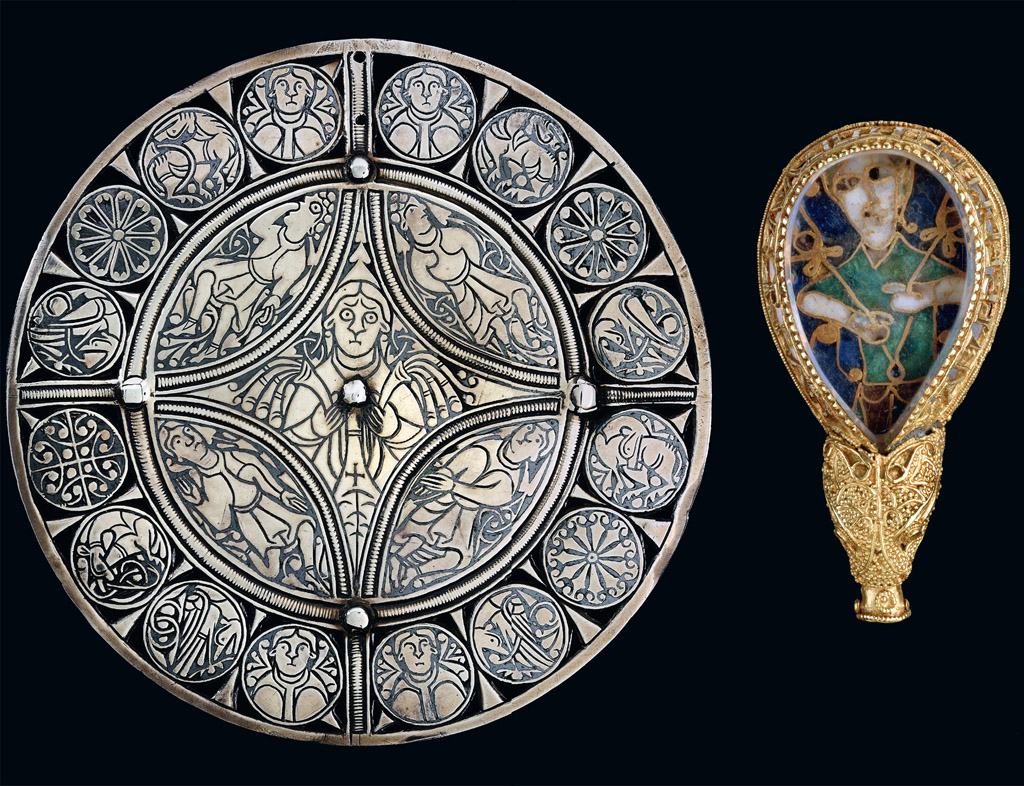
With wisdom he held his kingdom. The late ninth-century Fuller Brooch and Alfred Jewel both bear the figure of Wisdom as the ideals of Carolingian Renaissance began to reshape English kingship under Alfred the Great
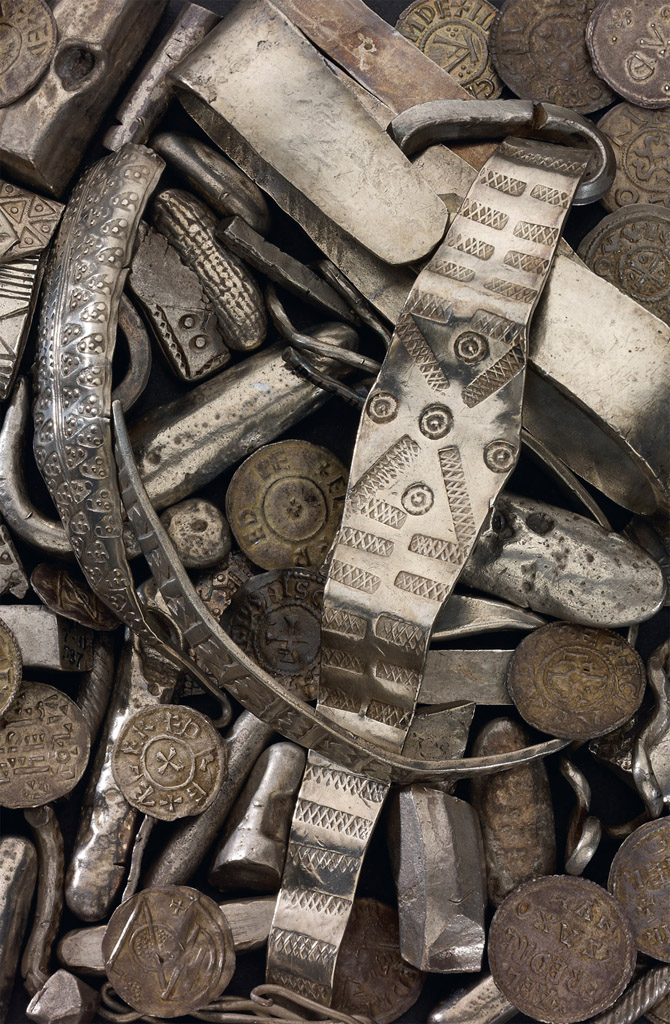
Viking wealth: the Cuerdale Hoard was buried around 910, perhaps by one of the leaders of the great attack on Mercia that year.
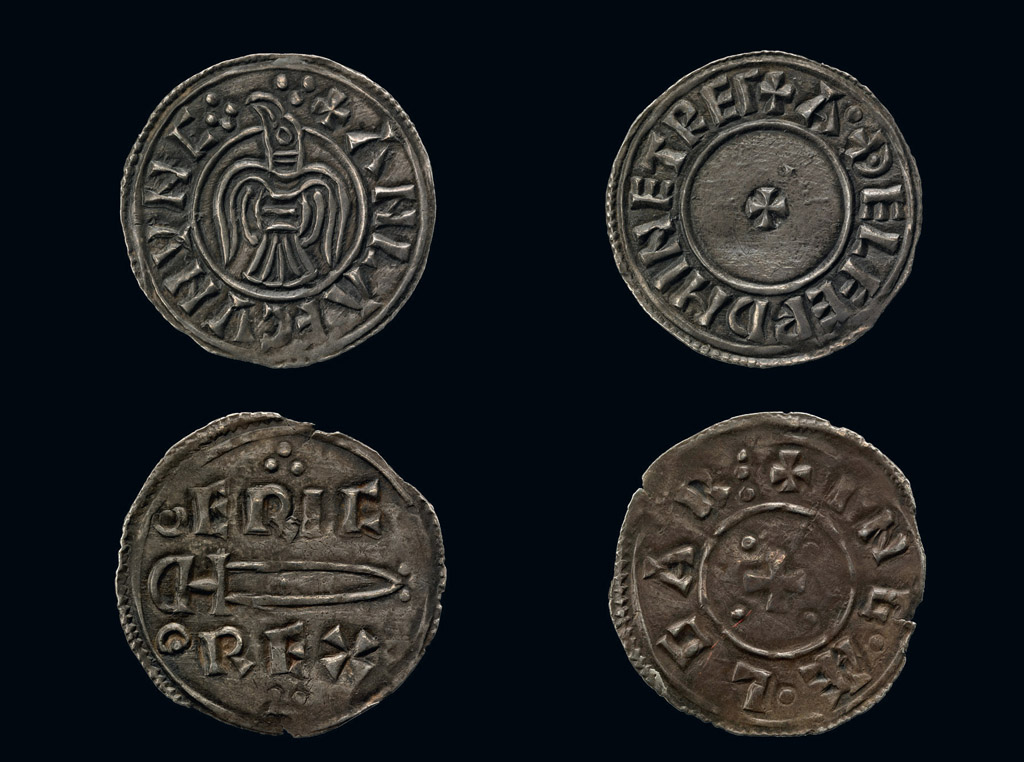
The raven coin minted for King Anlaf Guthfrithson after the Viking conquest of York in 940; and the sword coin of Eric Bloodaxe from the moneyer Ingelgar who made coins for English and Scandinavian kings through the 940s and 950s.
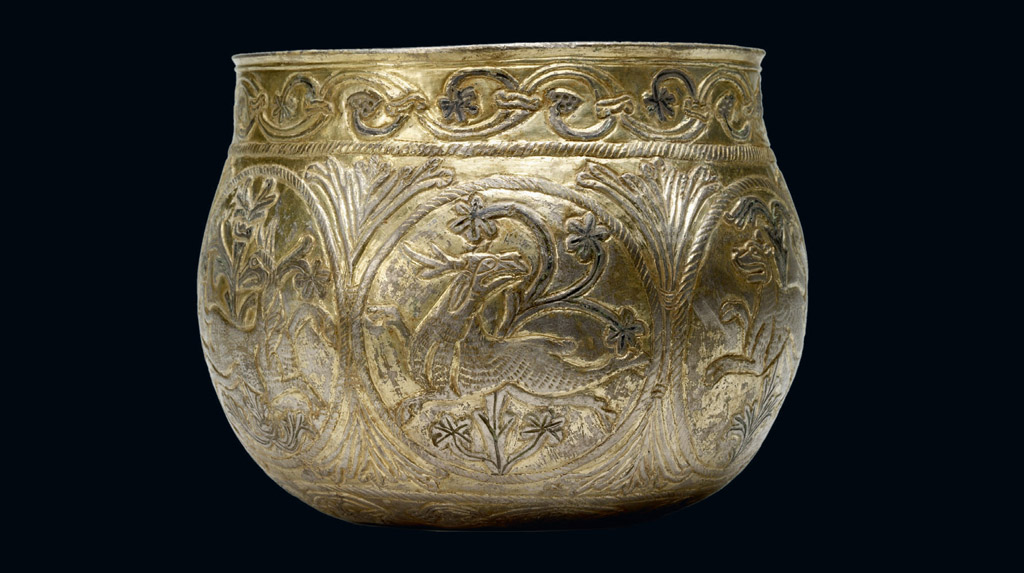
The Vale of York cup; packed with more than six hundred coins, including Arab dirhams, it was perhaps buried during Athelstans invasion of Northumbria in 927
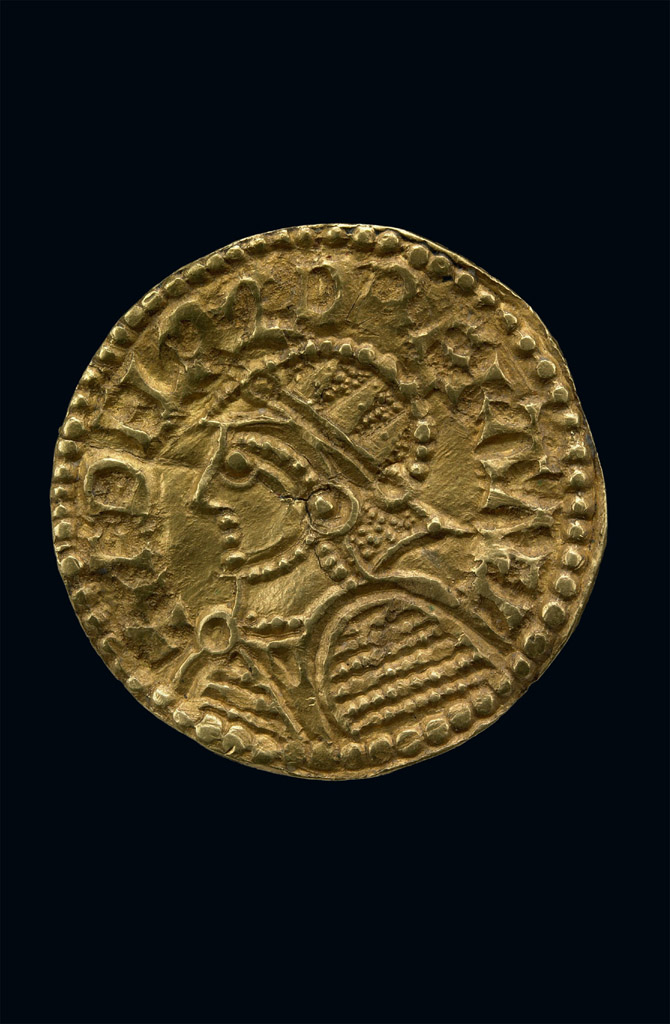
A gold coin of Ethelred, minted by Leofwine of Lewes. In Roman cavalry helmet and mail coat, the king wears war gear more appropriate to a fourth-century emperor than the beleaguered English ruler of c.1005.

The Norman Conquest as portrayed by English needlewomen in Canterbury on the Bayeux Tapestry,
c.1070: the Norman fleet arrives at Pevensey; the Norman cavalry attack the English shield wall; the death of King Harold. A fatal day for our dear country, wrote William of Malmesbury
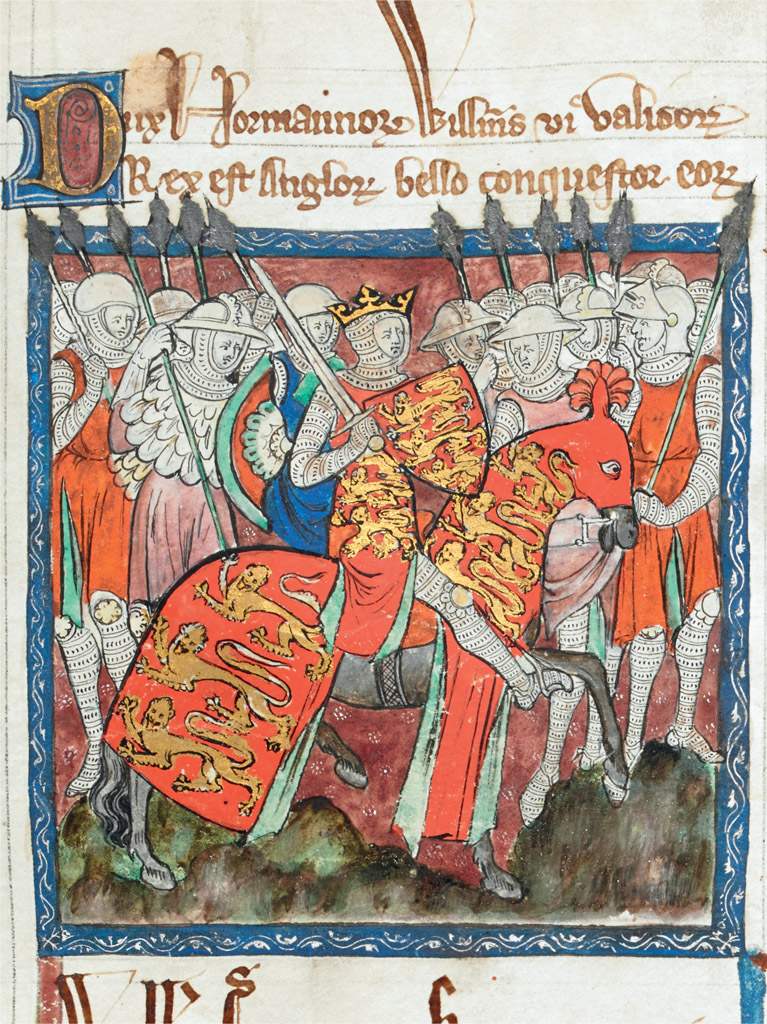
William the Conqueror depicted in a manuscript of c.1312. As a man he was harsh beyond all measure. After 1066, as if to draw a line under the Old English rulers, the English royal line was counted only from William, as it still is: the grandson of Queen Elizabeth II will be William V
EBURY
UK | USA | Canada | Ireland | Australia
New Zealand | India | South Africa
Ebury is part of the Penguin Random House group of companies whose addresses can be found at global.penguinrandomhouse.com.

First published by BBC Books in 1981
This revised edition published by BBC Books in 2022
Copyright Michael Wood 1981, 1987, 1994, 2001, 2005
The moral right of the author has been asserted
Cover Images Shutterstock
Cover design by Andrew Smith
ISBN: 978-1-448-14151-7
This ebook is copyright material and must not be copied, reproduced, transferred, distributed, leased, licensed or publicly performed or used in any way except as specifically permitted in writing by the publishers, as allowed under the terms and conditions under which it was purchased or as strictly permitted by applicable copyright law. Any unauthorized distribution or use of this text may be a direct infringement of the authors and publishers rights and those responsible may be liable in law accordingly.

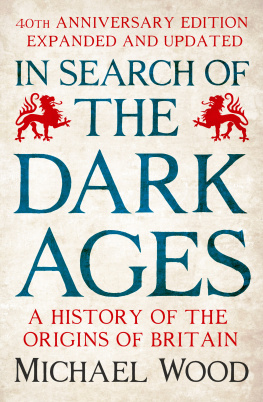
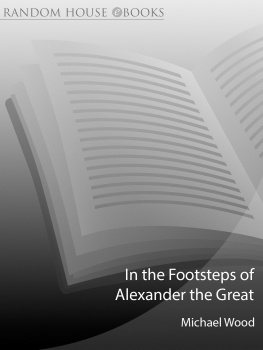



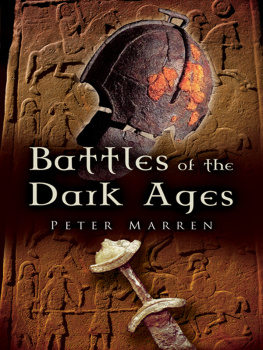
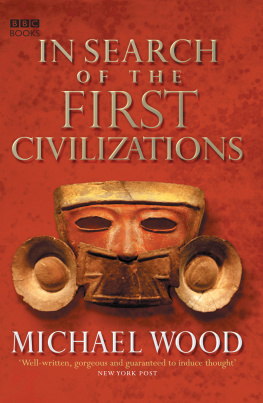
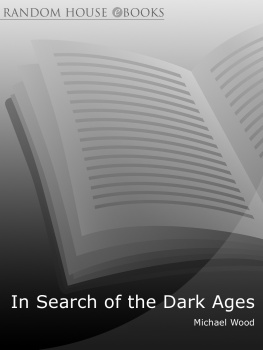


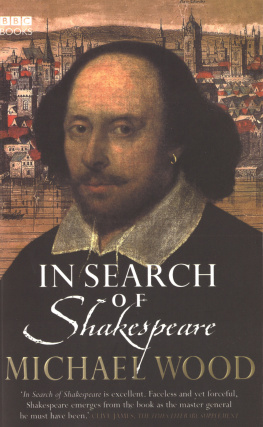
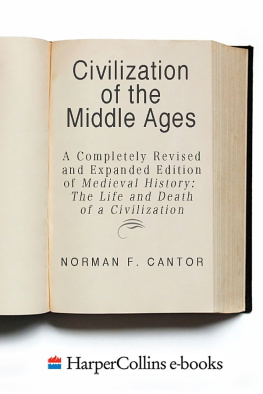
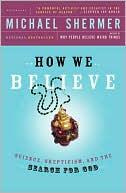

 The Emperor Nero. This decapitated head, found in the River Alde in Suffolk, is thought to have been looted from the temple of Claudius during Boudicas sack of Colchester in AD 60
The Emperor Nero. This decapitated head, found in the River Alde in Suffolk, is thought to have been looted from the temple of Claudius during Boudicas sack of Colchester in AD 60 Above left, a coin of the Iceni: the inscription ECEN reflects the likely pronunciation of their name, Ecenni. Above right and below, pieces from the Water Newton treasure, a hoard of fourth-century Roman silverware; on the plaques the Christian chi-rho monogram and alpha and omega; on the bowl: Innocentia and Viventia offered this. From a Christian church, this is the earliest group of liturgical silver yet found in the Roman Empire
Above left, a coin of the Iceni: the inscription ECEN reflects the likely pronunciation of their name, Ecenni. Above right and below, pieces from the Water Newton treasure, a hoard of fourth-century Roman silverware; on the plaques the Christian chi-rho monogram and alpha and omega; on the bowl: Innocentia and Viventia offered this. From a Christian church, this is the earliest group of liturgical silver yet found in the Roman Empire
 King Arthur in a painting by Matthew Paris, c.1250, by which time Arthur was a pan-European king and hero. His obscure and perhaps irrecoverable origins may lie in wars around 600 north of Hadrians Wall.
King Arthur in a painting by Matthew Paris, c.1250, by which time Arthur was a pan-European king and hero. His obscure and perhaps irrecoverable origins may lie in wars around 600 north of Hadrians Wall. Christ and Woden: the divergent pulls in early English culture. Woden the pagan king of the gods and mythical ancestor of the Old English royal lines of Wessex, Sussex, Kent, Mercia and Northumbria.
Christ and Woden: the divergent pulls in early English culture. Woden the pagan king of the gods and mythical ancestor of the Old English royal lines of Wessex, Sussex, Kent, Mercia and Northumbria. The Augustine Gospels: a sixth-century Italian book traditionally brought to Canterbury in 597 by St Augustine on his conversion mission, and still a sacred relic to English Catholics
The Augustine Gospels: a sixth-century Italian book traditionally brought to Canterbury in 597 by St Augustine on his conversion mission, and still a sacred relic to English Catholics The Gold of the Barbarians. The Sutton Hoo buckle and whetstone
The Gold of the Barbarians. The Sutton Hoo buckle and whetstone The purse
The purse Sword hilt decorations from the Staffordshire Hoard, perhaps part of Bedes incredible collection of royal treasures offered by Oswy to Penda in 655?
Sword hilt decorations from the Staffordshire Hoard, perhaps part of Bedes incredible collection of royal treasures offered by Oswy to Penda in 655? The great Iron Age hill fort at South Cadbury in Somerset: reoccupied at the Fall of Rome and linked in later legend with the story of King Arthur.
The great Iron Age hill fort at South Cadbury in Somerset: reoccupied at the Fall of Rome and linked in later legend with the story of King Arthur. Glastonbury Tor: looking out over the Somerset Levels, a royal island chosen by God. A late Roman cult centre, then a West Saxon royal church, and later still the supposed burial place of Arthur, its roots as a sacred place lie back in the Iron Age or even earlier
Glastonbury Tor: looking out over the Somerset Levels, a royal island chosen by God. A late Roman cult centre, then a West Saxon royal church, and later still the supposed burial place of Arthur, its roots as a sacred place lie back in the Iron Age or even earlier Athelstan gives a book to St Cuthbert; the first portrait of an English ruler. He was of medium height, slim build, his hair flaxen, beautifully twisted with gold braids wrote William of Malmesbury in around 1125: public opinion still holds that no one more versed in law and learned in Latin letters ever ruled the kingdom
Athelstan gives a book to St Cuthbert; the first portrait of an English ruler. He was of medium height, slim build, his hair flaxen, beautifully twisted with gold braids wrote William of Malmesbury in around 1125: public opinion still holds that no one more versed in law and learned in Latin letters ever ruled the kingdom With wisdom he held his kingdom. The late ninth-century Fuller Brooch and Alfred Jewel both bear the figure of Wisdom as the ideals of Carolingian Renaissance began to reshape English kingship under Alfred the Great
With wisdom he held his kingdom. The late ninth-century Fuller Brooch and Alfred Jewel both bear the figure of Wisdom as the ideals of Carolingian Renaissance began to reshape English kingship under Alfred the Great Viking wealth: the Cuerdale Hoard was buried around 910, perhaps by one of the leaders of the great attack on Mercia that year.
Viking wealth: the Cuerdale Hoard was buried around 910, perhaps by one of the leaders of the great attack on Mercia that year. The raven coin minted for King Anlaf Guthfrithson after the Viking conquest of York in 940; and the sword coin of Eric Bloodaxe from the moneyer Ingelgar who made coins for English and Scandinavian kings through the 940s and 950s.
The raven coin minted for King Anlaf Guthfrithson after the Viking conquest of York in 940; and the sword coin of Eric Bloodaxe from the moneyer Ingelgar who made coins for English and Scandinavian kings through the 940s and 950s. The Vale of York cup; packed with more than six hundred coins, including Arab dirhams, it was perhaps buried during Athelstans invasion of Northumbria in 927
The Vale of York cup; packed with more than six hundred coins, including Arab dirhams, it was perhaps buried during Athelstans invasion of Northumbria in 927 A gold coin of Ethelred, minted by Leofwine of Lewes. In Roman cavalry helmet and mail coat, the king wears war gear more appropriate to a fourth-century emperor than the beleaguered English ruler of c.1005.
A gold coin of Ethelred, minted by Leofwine of Lewes. In Roman cavalry helmet and mail coat, the king wears war gear more appropriate to a fourth-century emperor than the beleaguered English ruler of c.1005. The Norman Conquest as portrayed by English needlewomen in Canterbury on the Bayeux Tapestry, c.1070: the Norman fleet arrives at Pevensey; the Norman cavalry attack the English shield wall; the death of King Harold. A fatal day for our dear country, wrote William of Malmesbury
The Norman Conquest as portrayed by English needlewomen in Canterbury on the Bayeux Tapestry, c.1070: the Norman fleet arrives at Pevensey; the Norman cavalry attack the English shield wall; the death of King Harold. A fatal day for our dear country, wrote William of Malmesbury William the Conqueror depicted in a manuscript of c.1312. As a man he was harsh beyond all measure. After 1066, as if to draw a line under the Old English rulers, the English royal line was counted only from William, as it still is: the grandson of Queen Elizabeth II will be William V
William the Conqueror depicted in a manuscript of c.1312. As a man he was harsh beyond all measure. After 1066, as if to draw a line under the Old English rulers, the English royal line was counted only from William, as it still is: the grandson of Queen Elizabeth II will be William V 